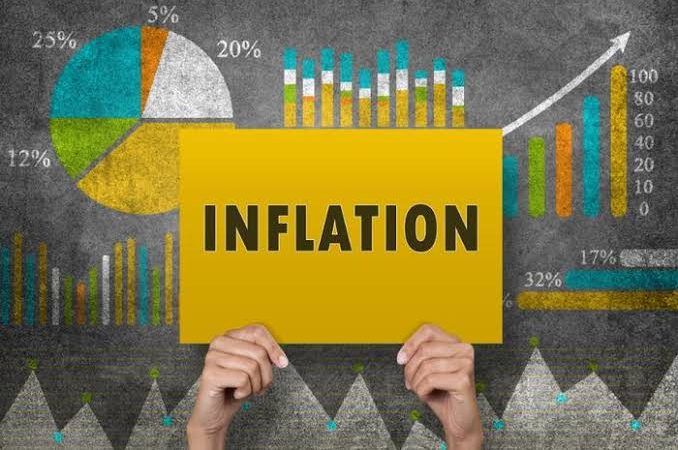Introduction In a surprising turn of events, the latest inflation data for January reveals a slowdown in the United States, clocking in at 3.1%. Join us as we dissect the intricacies of this report, exploring the factors contributing to this unexpected deceleration and US inflation trends what it means for various stakeholders in the economy.
Introduction
In a surprising turn of events, the latest inflation data for January reveals a slowdown in the United States, clocking in at 3.1%. Join us as we dissect the intricacies of this report, exploring the factors contributing to this unexpected deceleration and US inflation trends what it means for various stakeholders in the economy.
Understanding the Numbers
Unveiling the January Inflation Figures
The initial headline might suggest a reprieve, but let’s dive deeper into the specifics of the January inflation report. Are there underlying factors contributing to this apparent slowdown, or is it a sign of broader economic trends?
Factors Behind the Slowdown

This image is taken from google.com
Supply Chain Dynamics
One critical aspect to consider is the continued impact of global supply chain disruptions. The intricacies of production and distribution have been a persistent challenge, affecting the availability and pricing of goods across various sectors.
Energy Prices and Geopolitical Factors
The volatility in energy prices, often influenced by geopolitical events, plays a pivotal role in inflation trends. How have recent geopolitical developments affected energy costs, and to what extent are these influencing the overall inflationary landscape?
Consumer Behavior in Response to Previous Highs
Consumer behavior has proven to be adaptable in the face of inflationary pressures. Have consumers adjusted spending habits, and to what extent has this contributed to the overall slowdown?
Expert Analysis: Insights from Sarah Thompson
To gain a deeper understanding, we turn to financial analyst Sarah Thompson, who brings over a decade of experience in economic analysis and market trends. According to Thompson, “While the headline figure of 3.1% may suggest a moderation in inflation, it’s crucial to dissect the data. Supply chain challenges and energy price fluctuations remain pivotal factors influencing the overall inflation trajectory.”
Implications for Stakeholders

This image is taken from google.com
Investors: Navigating Market Dynamics
How should investors interpret this data? Are there specific sectors that might experience shifts in performance based on the evolving inflation scenario.
Consumers: Budgeting and Spending Considerations
For consumers, understanding the inflation landscape is essential for budgeting and spending decisions. How might the January figures impact everyday expenses and purchasing power.
Policymakers: Balancing Act
Policymakers face the delicate task of balancing economic growth and inflation control. What policy measures might be considered in response to the current inflationary trends?
Conclusion: Resilience in Uncertain Times
As we conclude our analysis, it’s evident that the January inflation report, though unexpected, underscores the resilience of the U.S. economy in navigating complex global challenges. The interplay of supply chain dynamics, energy prices, and consumer behavior paints a nuanced picture that demands careful consideration by investors, consumers, and policymakers alike. Stay tuned for further updates as we monitor the evolving economic landscape and its impact on inflation trends. In a world of economic intricacies, understanding the numbers is key to making informed decisions.
















